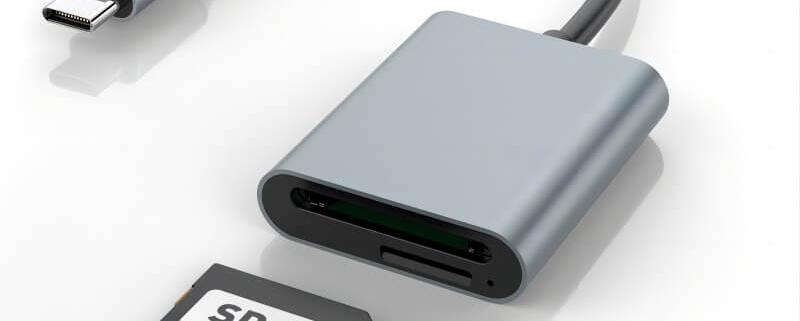MicroSD vs. SD Cards – What Sets Them Apart?
In the ever-expanding universe of digital storage, the dichotomy between microSD and SD cards often leaves consumers scratching their heads. Let’s delve into the tech terrain to decode the disparities between these diminutive data vessels.
Size Matters:
The most conspicuous discrepancy lies in their physical dimensions. SD (Secure Digital) cards, originally devised in 1999, flaunt a larger form factor, akin to a postage stamp, measuring 32mm × 24mm × 2.1mm. Meanwhile, their petite progeny, microSD cards, boast a fraction of the size, measuring a minuscule 15mm × 11mm × 1mm. This compactness renders microSD cards ideal for slimmer devices such as smartphones, tablets, and action cameras, where space is at a premium.
Capacity and Compatibility:
While both variants harbor substantial storage potential, microSD cards often trail their larger counterparts in maximum capacity. SD cards typically offer higher storage ceilings, extending up to several terabytes, making them preferred choices for professional photography, videography, and other data-intensive pursuits. Conversely, microSD cards usually cap at a few hundred gigabytes, sufficient for most everyday needs. Furthermore, compatibility diverges; SD cards slot into standard-sized ports prevalent in DSLRs, camcorders, and laptops, whereas microSD cards necessitate an adapter for use in such devices.
Speed and Performance:
Another pivotal parameter is data transfer velocity. Both card types come in various speed classes, denoted by a numerical rating or a UHS (Ultra High Speed) classification. Generally, SD cards tout superior read and write speeds compared to microSD cards within the same class, facilitating swifter data access and manipulation. This performance discrepancy is pivotal for applications like 4K video recording, burst-mode photography, and gaming, where rapid data throughput is imperative.
Applications and Usage Scenarios:
The disparity in size, capacity, and speed engenders distinct utilization scenarios. SD cards find favor in professional photography, high-definition videography, and digital audio recording, leveraging their capaciousness and speed prowess. Conversely, microSD cards are indispensable companions for mobile devices, drones, dashcams, and portable gaming consoles, accentuating their compactness and versatility.
Price Point and Accessibility:
The final frontier lies in the financial realm. MicroSD cards, owing to their miniature stature and ubiquity in consumer electronics, often command a slightly higher price per gigabyte compared to their bulkier brethren. However, this discrepancy is mitigated by the sheer abundance of microSD-compatible devices and the convenience they offer in augmenting storage capacity.
Conclusion:
In essence, while microSD and SD cards share a common lineage, their differences are palpable, spanning size, capacity, speed, and applicability. Deciphering which variant best suits your needs entails a nuanced consideration of these factors, ensuring optimal synergy between your devices and their digital repositories.




Leave a Reply
Want to join the discussion?Feel free to contribute!